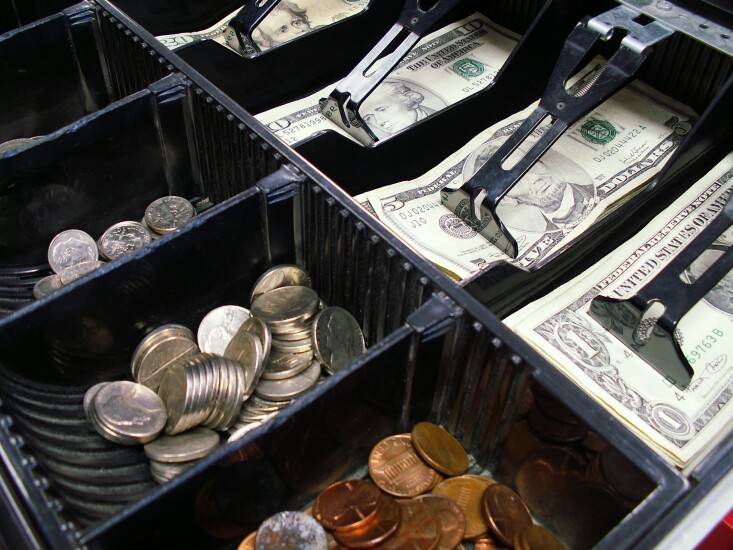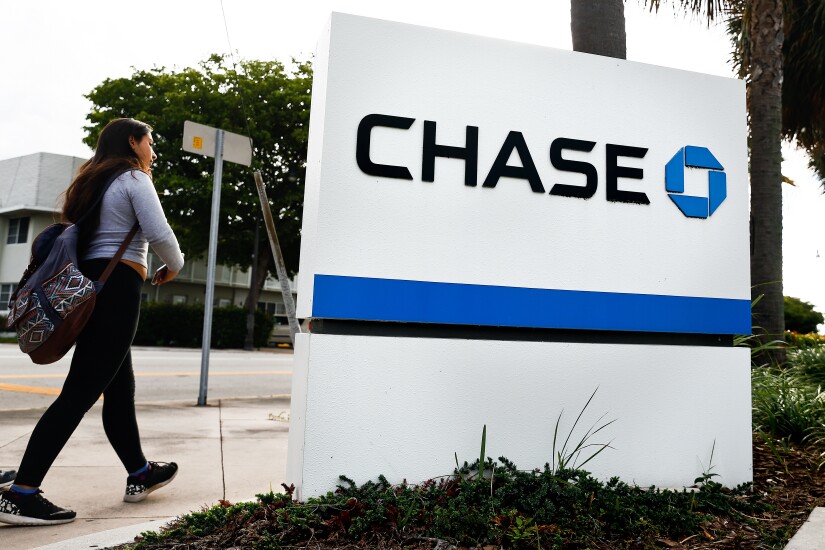

Old meets new
By adding RetailMeNot, Harland Clarke Holdings will substantially increase its digital presence and gain a direct-to-consumer relationship with the RetailMeNot brand, as well as adding access to new channels and products for its clients.
Harland Clarke can benefit from the deal in a couple of ways. First, it can respond to the pressure that's on all legacy payment companies, ranging from
It also enables Harland Clarke to fight against the encroachment of competitors that match omnichannel retail marketing to sales, such as

Beyond transit fare
"If a subway system is delayed because of high volume, there's no point in going to a parent who has to pick up a child at school and sending a notification saying, 'If you use the train an hour later you can get a free cup of coffee.' That travel and payments data has to be used for something different to manage travel volumes," said Ian Slater, senior vice president of enterprise partnerships at Mastercard.
The largest recent initiatives include New York, where the MTA's eTix mobile app, a partnership with Masabi, is used on Long Island Railroad and Metro North trains. In the first three months of deployment, the app was used by more than 280,000 riders and now accounts for 8% of ticket sales for both LIRR and Metro North. In Bogota, Colombia, Mastercard introduced an open debit card to pay fares on more than 10,000 buses, with more than 20 million trips purchased in the first year. Mastercard has also partnered with

Faster pizza
Los Angeles-based California Pizza Kitchen (CPK) in February unveiled a new system in its 200 U.S. stores that married its existing restaurant management and payment system from NCR with a new, app-based payments approach from Newton, Mass.-based
"The omnichannel capabilities of the new CPK app, in concert with our mobile-optimized digital and social marketing strategy, allow us to reach guests on their preferred technology platform in a relevant and seamless way," said Ashley Ceraolo, CPK's senior vice president of marketing, in a recent
CPK’s in-app payment system integrates with the CPK Pizza Dough Rewards program that enables diners to earn, track and redeem purchases and rewards, and opt in to receive real-time marketing messages for in-restaurant, online ordering and takeout experiences. Diners pay by linking a payment card within the app, speeding up the checkout process by about 12 minutes, which drives more efficiency during peak hours, Paytronix said.

Vending machine loyalty
It's even possible to use mobile wallets such as Apple Pay to enroll vending machine customers into a loyalty program — a concept that seems at odds with the impulsive and anonymous nature of most vending machine purchases.
"When a consumer uses coins or cash, all you can tell is volume over a long period of time," said Amelia Powell, USA Technologies' senior marketing director. "But with mobile, we can pin down when transactions are happening and can report on that information."
In a deal announced in January,

Gamified checkout
Ingenico Gamified Checkout provides a series of customizable games including a scratch card, a slot machine and a wheel of fortune presented at the checkout for online merchants or on payment terminal screens at brick and mortar stores, France-based Ingenico said in a press release.
Based on patented technology from Belgian startup Luckycycle, Ingenico is marketing the tool as a way for merchants to offer a 1 in 10 chance for consumers to win specific merchandise or the entire basket of items if they play and win. Merchants may customize the parameters of the game with various visuals and options.

Chase Pay's next phase
So what value — if any — does Chase get from buying the discarded remains of the
Simply put, the two wallets were focused on different missions. Chase Pay is built on a unique platform but leaves it up to merchants how to package the service. CurrentC is that package, built from the ground up with the interests of merchants at the forefront, but with little to differentiate it on the back end.
"Chase had concluded that even though MCX was not going to introduce its own wallet, it had some really useful technology, with most of it having to do with loyalty applications," said Steve Mott, principal of BetterBuyDesign, a Stamford, Conn.-based consulting firm.
Chase Pay could get a further boost from the bank's $10 million investment in





